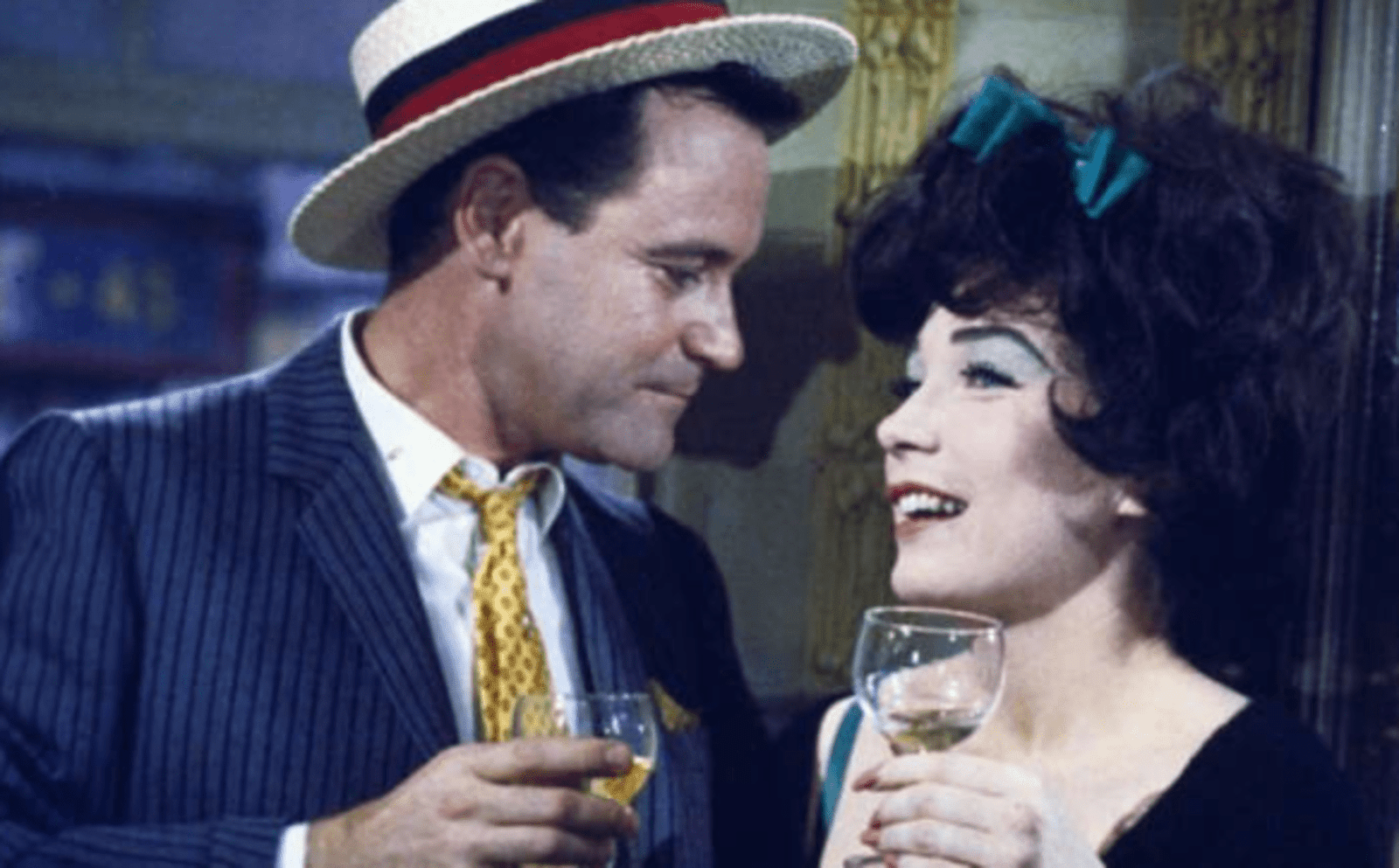
Tinseltown Tales: Movies That Glamorize the Oldest Profession
The world’s oldest profession, sex work, has a complex reality far removed from the glittering portrayals in many films. Hollywood loves a good romance, and sometimes that romance involves characters who engage in sex work. However, these portrayals often gloss over the harsh realities of the industry, painting a picture of empowerment and glamour that simply isn’t true. Tinseltown Tales: Movies That Glamorize the Oldest Profession

Breakfast at Tiffany’s: Diamonds and Danger Don’t Mix
Holly is a free spirit who supports herself through “entertaining” wealthy men. The film portrays this as a whimsical, almost glamorous lifestyle. We see her adorned in diamonds and flitting between social events. However, the dangers and vulnerabilities inherent in sex work are completely absent. There’s no mention of exploitation, violence, or the constant threat of arrest.
Pretty Woman: From Prostitute to Princess?
Julia Roberts’s Vivian Ward in “Pretty Woman” (1990) is another character whose profession is sanitized for the screen. Vivian is a kind and intelligent woman who becomes a high-priced escort for a week. The film focuses on the blossoming romance between her and a wealthy businessman. The film ignores the power imbalances inherent in such relationships and the difficulty of leaving sex work behind.
Moulin Rouge! – Can-Can and Can’t-Happen Love Stories
“Moulin Rouge!” (2001) takes a more fantastical approach, turning a Parisian brothel into a dazzling musical spectacle. While the film is visually stunning, it downplays the exploitative nature of brothels and the dangers faced by sex workers. The happy ending feels unearned, ignoring the systemic issues that make leaving sex work so difficult.
Beyond the Glitz: A Glimpse into Reality
These films, and many others, create a distorted view of sex work. The reality is far less glamorous. Sex workers face a constant risk of violence, abuse, and arrest. Stigma and discrimination make it difficult to access healthcare and housing. Many sex workers struggle with poverty and addiction.
There are films that attempt to portray sex work more realistically. “Short Term 12” (2013) features a teenage girl in a group home who has a history of sex work. These films, while not shying away from the difficulties, still focus on the human stories behind the profession.
Seeking Agency and Respect
Sex workers are people who deserve agency and respect. Films can play a role in challenging stereotypes and promoting understanding. Documentaries like “I Am Jane Doe” (2017) give voice to sex workers themselves, highlighting the need for legal reforms and protections.
Movies can be a powerful tool for social change. By creating more nuanced and realistic portrayals of sex work, filmmakers can help to dispel myths and promote empathy. Sex workers are not simply characters in a romantic fantasy; they are real people with complex lives and experiences. It’s time for Hollywood to tell their stories authentically.
Tinseltown’s Shine and Sex Work’s Shadows: A Celluloid Disconnect
The silver screen loves a love story, but when that love story brushes shoulders with the “world’s oldest profession,” things can get a little rosy-tinted. Sex work, a reality far grittier than Hollywood portrays, often gets a makeover in films, transformed into a shimmering path to diamonds or a prince charming’s embrace. Let’s peek behind the cinematic curtain and see how these portrayals diverge from the lived experiences of sex workers.
Take “Breakfast at Tiffany’s” (1961)
Audrey Hepburn’s Holly Golightly flits between socialite circles, her “entertaining” a mere footnote in her glamorous life. Diamonds sparkle, and champagne flows, but the film conveniently forgets the ever-present threat of violence, exploitation, and legal repercussions sex workers face.
Similarly, “Pretty Woman” (1990) spins a fairytale where Julia Roberts’s Vivian transforms from escort to princess in a week. The romance between her and a wealthy businessman overshadows the power imbalances and the harsh reality of leaving sex work behind.
These films, and countless others, paint a distorted picture. Violence, abuse, and legal trouble are constant companions. Stigma and discrimination make accessing healthcare and housing a constant struggle. Poverty and addiction often weave through their lives.
Thankfully, some films dare to portray sex work with a more honest lens. “The Killing of a Sacred Deer” (2017) delves into the power dynamics between a doctor and a young sex worker. These films, though not shying away from the challenges, prioritize the human stories behind the profession.
Sex workers deserve agency and respect, not to be reduced to plot devices in a romantic fantasy. Documentaries like “I Am Jane Doe” (2017) give sex workers a platform, highlighting the need for legal reforms and protections.
The magic of cinema can be a force for positive change. By crafting nuanced and realistic portrayals of sex work, filmmakers can dismantle myths and foster empathy. Sex workers are not one-dimensional characters in a love story; they are individuals with complex lives and experiences. It’s time for Hollywood to step out of the cinematic fantasy and tell their stories with authenticity.








